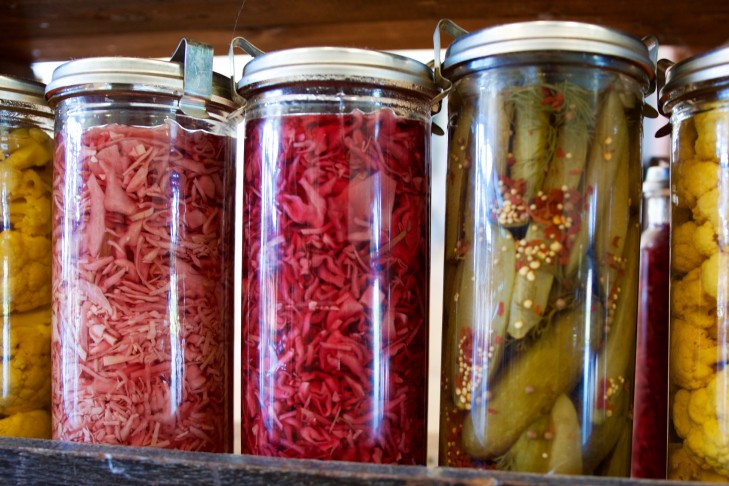D’var Torah (noun; plural: Divrei Torah): Literally “word(s) of Torah,” learnings and reflections on the weekly Torah portion (there are 54 portions).
Art d’var: Commentary on Torah through a related work of art.
Just as Torah is a framework for Jewish life that must be unpacked and investigated from many angles to understand the depth of its content and applicability to our own lives, so is great art. This blog series illuminates works of art that help contemporize the ancient text of the Old Testament.
Behar-Behukotai
32nd and 33rd weekly portions in the Book of Leviticus
This week we read a fitting double portion: Behar and Behukotai.
Behar, Hebrew for “on the mount,” is about the laws of the shmitah year, the sabbatical year in which all work on the land should cease, with produce becoming free for the taking for all people and animals.
Then, in Behukotai, Hebrew for “my decrees,” God promises that the people of Israel dwell securely in their homeland if they obey the commandments, and also an exile warning if they abandon their covenant.
And what’s one of the most important decrees? “You will eat very old [produce], and you will clear out the old from before the new” (Leviticus 26 Line 10).
Eat every bit, and waste nothing. Take it a step further and the Torah is really commanding us to preserve food, to find ways to extend its life so that we have produce and nutrients outside of the growing season. The Torah is basically commanding us to pickle.
Without pickling and preserving, there would be no food in the off-season. At the highest level, this portion is about survival and sustainability, of the land and of the Jewish people. And at the core, sustainable food is central to the survival of a people because without food, nothing else is possible.
Today, pickles have become a ubiquitous symbol of Jewish culture, and so many other cultures. And when I read this portion, I understand why. Pickling has sustained the Jewish people, so it’s no wonder that they are a central part of Jewish arts and culture, appearing in cartoons, jewelry and endless recipes.
In a new take on pickle-based art, London artist Rachel Mars started “PickleWatch,” a new “Gherkin/Pickle Unjarring Video” series during COVID.
Rachel is a performance maker and writer with a background in theater, live art and comedy. She explores the idiosyncratic cultural and political constructs that inform the way we are together, as people, just trying to figure it all out.
At first pass, “PickleWatch” may not feel like theater or comedy. It’s so simple, employing a popular YouTube format of “unjarring/unwrapping,” and taste-testing videos. And if you just watch this series, you might simply think of this as a pickle taste-test with a host who has a great British accent.
What I think is so clever about “PickleWatch” is that Rachel, a Jewish artist, uses this series to understand other cultures, all through the most accessible and relatable of vehicles: the ubiquitous pickle. Rachel approaches this from her Ashkenazi British Jewish pickle tastes, and in each episode looks at a different pickle, bringing the focus to the culture of that pickle and shining a light on the diversity of pickles across cultures.
And as we hear from this Torah portion, pickling and preserving food is about much more than the novelty. “PickleWatch,” in its silly and light way, lends a seriousness to pickles and sheds light on some of the stories they tell.
Whether through pickling (a process involving acid) or fermenting (a process without acid that produces a sour flavor), the “PickleWatch” videos are a fun and accessible way to understand the significance of pickles and the cultural stories they can tell.
This post has been contributed by a third party. The opinions, facts and any media content are presented solely by the author, and JewishBoston assumes no responsibility for them. Want to add your voice to the conversation? Publish your own post here. MORE



